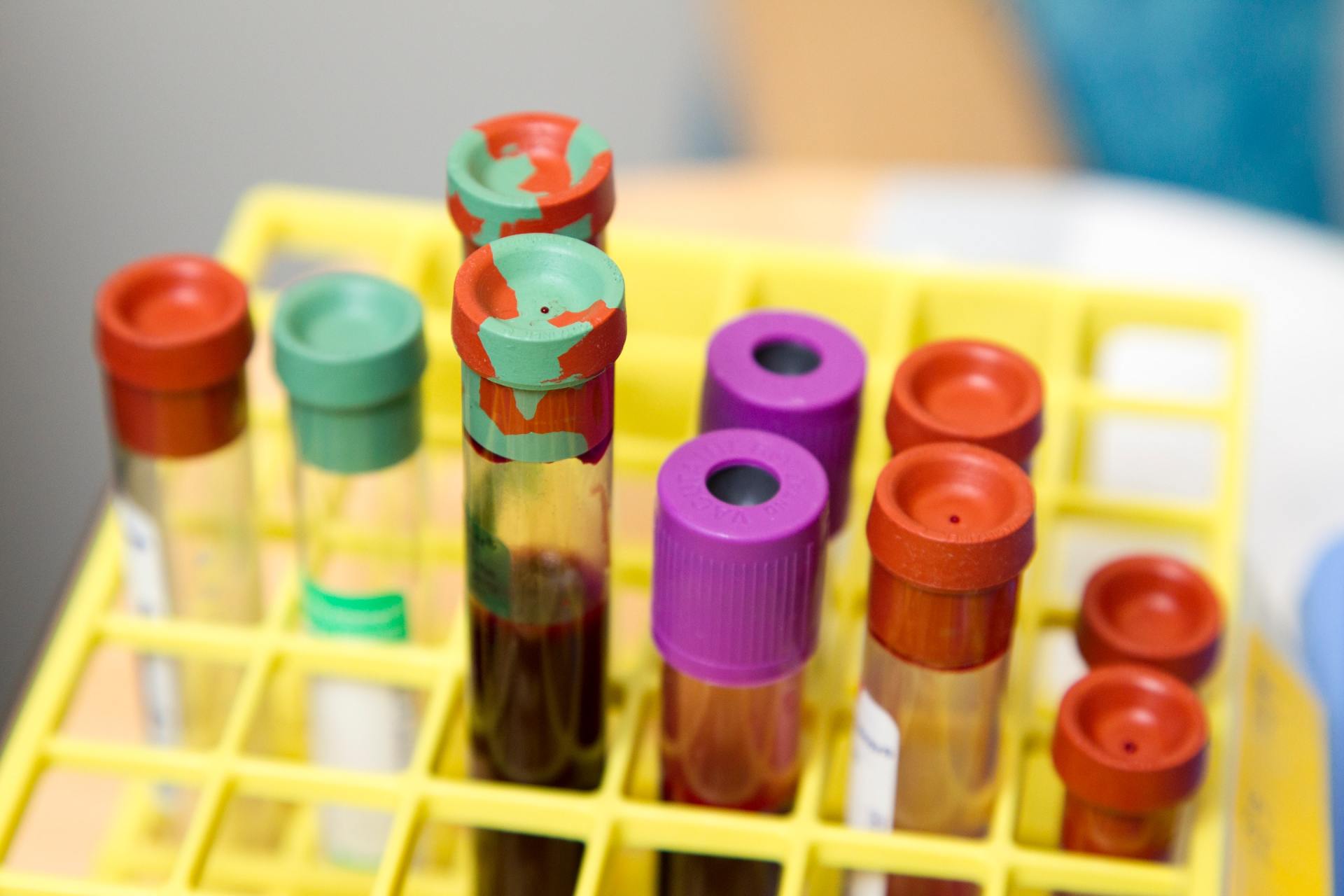ORTHOPAEDIC SURGEON
Do I need a hip replacement?
Damage to the articular cartilage (the tissue that covers the bone in the joint) of the hip joint surfaces lead to wear and tear changes in the hip joint, also known as arthritis. The vast majority of patients have osteoarthritis, a small number have inflammatory arthritis and occassionally it can be caused following a fracture of the hip socket (acetabulum). Patients typically complain of groin pain and or knee pain with or without stiffness and occassionally a limp.
Early treatments for arthritis in the hip joint include pain relief medication, physiotherapy and injection therapy. When this has failed and arthritis is causing you significant pain or impacting on your quality of life it is time to consider a hip replacement.
What is a Hip Replacement made from?
There are many different types of hip replacements available on the market and it is your surgeon who will decide on what type suits you best.
The implants are made from metal, normally a titanium alloy or other metal. The liner of the socket is made from a highly cross linked polyethylene (plastic) or ceramic.
Hip implants are fixed to bone either by using special bone cement or by a coating on some hip replacements that causes bone to grow into the implants.
There are many different ways to put a hip replacement in, your surgeon will explain which way they use and where your scar will be.
Complications of Total Hip Replacement Surgery

1. Urinary Tract Infections
Can occur frequently following surgery. It is important to drink loads of water following surgery to try to prevent this. If you notice any buring or stinging tell your healthcare team.

1. Blood Clots - Deep Vein Thrombosis
Mobilising following surgery by taking frequent walks, staying well hydrated and anti clotting medications will help prevent blood clots.
2. Bleeding
During surgery you can bleed. Medication is sometimes used to reduce this. If bleeding is significant you may require a blood transfusion. If you have religious beliefs with regard to blood transfusion you must inform your surgeon.
3. Nerve Injury
The siatic nerve which runs down the back of your leg can get streched during the procedure. If this happens it can cause a foot drop which can be permanent or temporary and involves wearing a foot splint to help control your foot.
4. Dislocation
This happens when the ball of the hip comes out from its socket. Strict adherence to the hip precautions will reduce tyhe chance of this happening.
5. Leg Length Discrepency
Surgery will aim to ensure your legs are equal lengths. Sometimes this is not possible and there may be a difference in the length of your legs. It can also be an issue if you have arthritis in the other hip.
6. Difficulty passing urine
5% of patients require a urinary catheter for the 24 hours following surgery. It is most common in patients who have a history of difficulty passing urine eg prostate conditions
7. Loosening of the hip
Over time eg 10-20 years the hip can loosen. If this occurs it may be necessary to have further surgery to replace your hip replacement.

Infection
There are different types of infection that can occur following a hip replacement which occur at different times up to years later.
There is a higher risk associated with smoking, obesity, diabetes and immunocompramised patients. Many strategies are used to try to prevent this occuring such as antisceptic washes, sterilistaion techniques, antibiotic use etc
1.Superficial Infection (cellulitis) is an infection of the overlying skin. This occurs in the weeks following surgery and can be treated with antibiotics. If you notice any redness around your wound contact your orthopaedic team immediately.
2. Deep Joint Infection - Early & Late
This is one of the most worring complications as the impact on the patient is so significant.
It may be necessary to washout the joint, remove the hip replacement and put in a spacer (a temorary hip with antibiotics) and when the infection has cleared up, put in a new hip replacement.
Patients require prolonged courses of antibiotics for several months.

1. Death
2 in every 1000 patients die within one month of surgery. Risk is increased for patients with medical comorbidities such as heart or lung problems.
2. Nerve Damage
0.1-0.2% (1-2 patients per 1000) of patients will have damage to the femoral nerve or obturator nerve in the groin and this can cause chronic pain in the groin region.
3. Fracture
Rarely the femur or acetabulum can fracture when the implants are inserted. This can result in the need for further surgeries ( a revision hip replacement)
4. Pulmonary Embolus
A clot forming in the lungs is a rare complication and can result in a wide severity of symptoms from mild cough to death.
Post Operative Care









